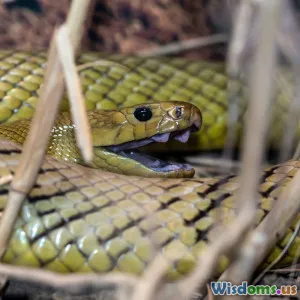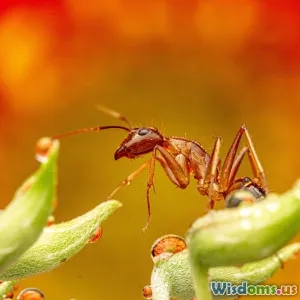
Can You Eat Just Bugs Truth About Last Resort Foods
15 min read Uncover the truth about surviving on bugs and the nutritional realities of insect-based last resort foods. (0 Reviews)
Can You Eat Just Bugs? The Truth About Last Resort Foods
The notion of surviving on nothing but bugs can make most people squirm, yet it’s a question that’s gaining real traction among survival experts, environmentalists, and curious foodies alike. But how safe, healthy, or sustainable would it really be to eat only insects? Let's sift fact from fiction and chew on the facts about consuming bugs as a last resort food source—and whether it could be more than just a desperation measure.
The Nutritional Value of Bugs: Are They Enough?
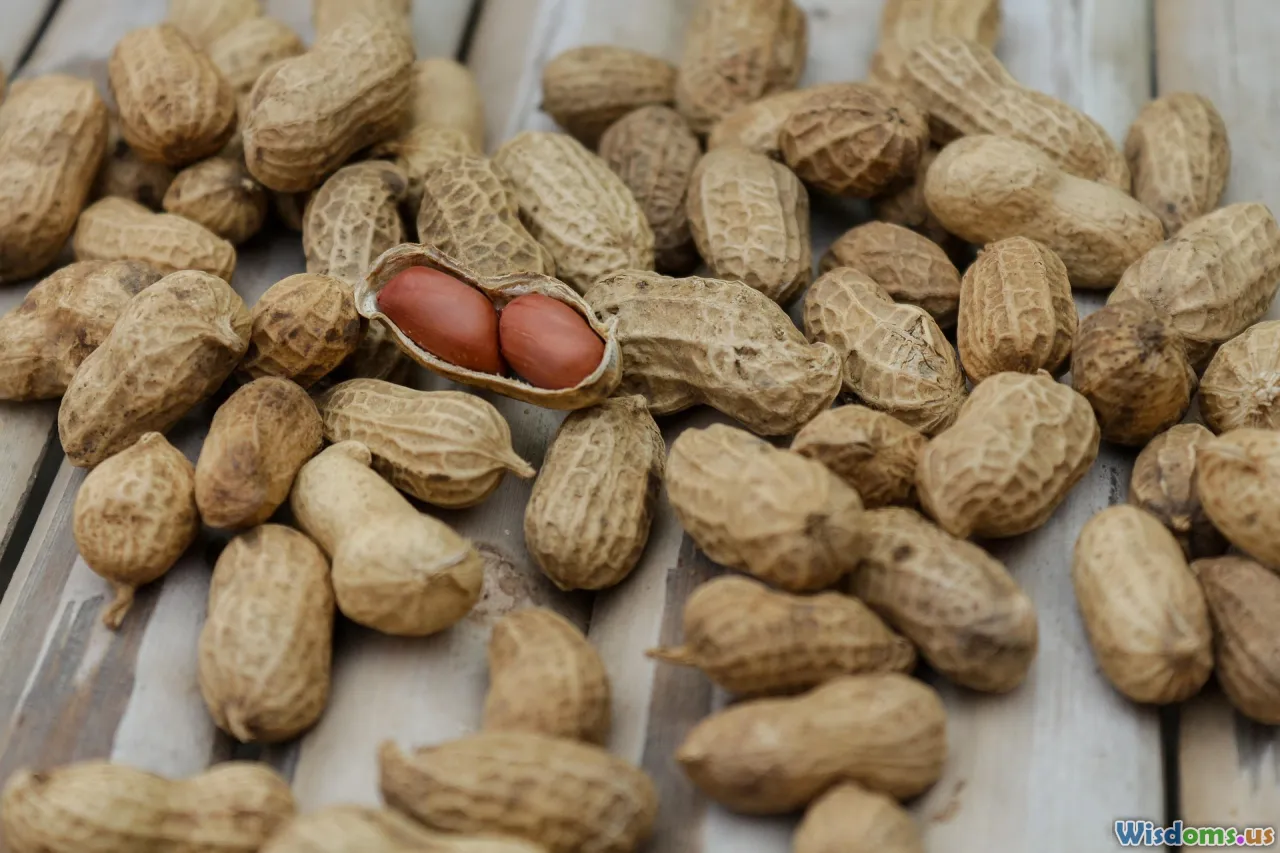
Insect protein is one of the most discussed aspects of entomophagy (the practice of eating insects). Many regions of the world—such as Thailand, Mexico, and several African countries—have traditions of consuming insects, often for their nutritional benefits. But if you had to rely solely on bugs for survival, would the nutrition stack up? The answer, surprisingly, is both yes and no.
Protein Powerhouses… in Moderation
Grasshoppers, crickets, and mealworms boast between 35–70% protein by dry weight—often higher than beef or chicken. Insect protein is also considered a complete protein: it contains all the essential amino acids humans require. For example, 100 grams of dried cricket will serve up roughly 12–13 grams of protein and a significant amount of B12, iron, and zinc.
Micronutrient Mix
Aside from protein, edible insects generally offer good doses of copper, magnesium, phosphorus, manganese, and various vitamins (like riboflavin and pantothenic acid). Some, such as mopane worms, are especially prized for their fat-rich energy. Still, not all insects are nutritionally equal. Ants, for instance, have less fat but more protein, whereas cicadas offer more carbs due to their plant-based diets.
Vitamin C and Calcium Conundrum
Despite their impressive protein and mineral offerings, most insects are deficient in calcium and vitamin C. Without an alternative source—like certain wild plants or fortified foods—long-term bug-only diets could risk nutritional deficiencies, notably scurvy from lack of vitamin C. Insects can keep you alive in a pinch, but a single-minded diet isn’t ideal for lasting vitality.
Safety First: Can You Eat Any Bug You Find?
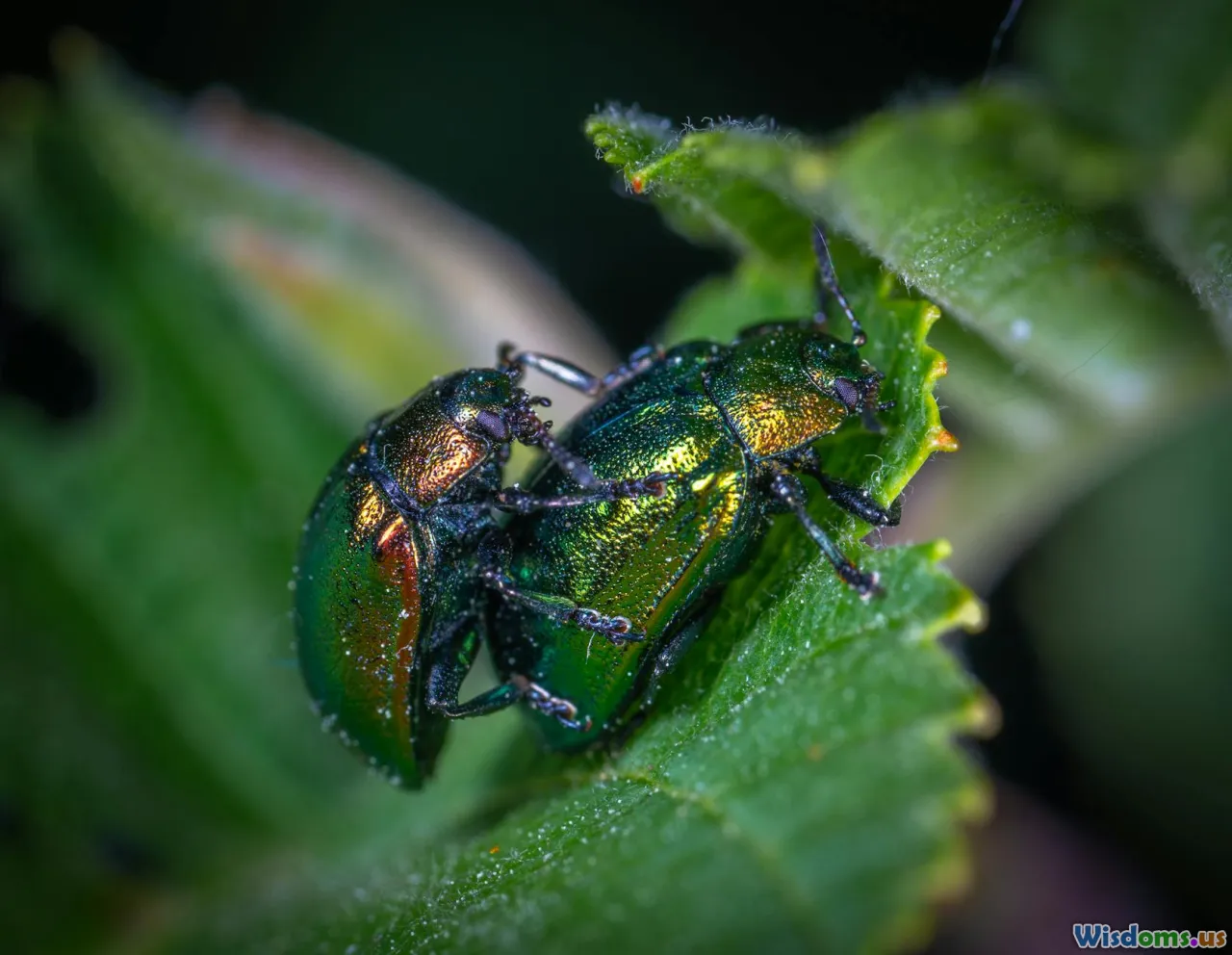
When you hear stories of people surviving in the wilderness by eating only bugs, it’s essential to realize not all insects are created equal—some can save your life, others might cost you dearly.
Spotting Edible vs. Dangerous Insects
Identifying safe insects is crucial. While many edible bugs are beneficial, some common pests (like certain beetles, caterpillars, or brightly colored bugs) can be toxic or cause severe allergic reactions. Ladybugs, blister beetles, fireflies, and some butterflies or moths all produce harmful chemicals. Bright colors, unpleasant smells, and bitter flavors often signal danger in the insect world.
Safe Bets in a Pinch
- Crickets and grasshoppers: Ubiquitous and highly nutritious (remove legs and wings before eating).
- Mealworms and larvae: Fatty and protein-rich, especially when roasted.
- Ants: Some (like lemon ants) offer a tangy flavor and are generally safe; avoid big-jawed ants that can bite.
- Termites: Mildly flavored and packed with protein.
Proper Preparation is Key
Regardless of species, insects in the wild may harbor parasites, pesticides, or harmful bacteria. Cooking (boiling, roasting, or frying) is widely recommended—it not only makes bugs more palatable but destroys most hazardous pathogens. In a long-term survival situation, cooking is non-negotiable.
The Global Table: Bugs as Traditional Delicacies

It may sound radical to Western ears, but entomophagy is a thriving culinary tradition in many societies. According to the UN Food and Agriculture Organization (FAO), over 2 billion people around the world consume bugs regularly.
From Markets to Mic Drops: Popular Insect Dishes
- Chapulines: Toasted grasshoppers spiced with garlic and lime in Mexico—an Oaxacan classic.
- Witchetty grubs: Fatty larvae eaten raw or roasted by Indigenous Australians, prized for their nutty flavor.
- Fried tarantulas: Served in Cambodia as a crunchy snack and delicacy.
- Sago worms: A treat in Southeast Asia, often grilled over open flames.
These regional delicacies aren’t just for show. They provide important nutrition and form key cultural bonds. In many areas, these insects are seasonal delights, traded in bustling markets and prepared in hearty ways—a far cry from 'last resort' eats.
Environmental Appeal: Why Eating Bugs Is Trending
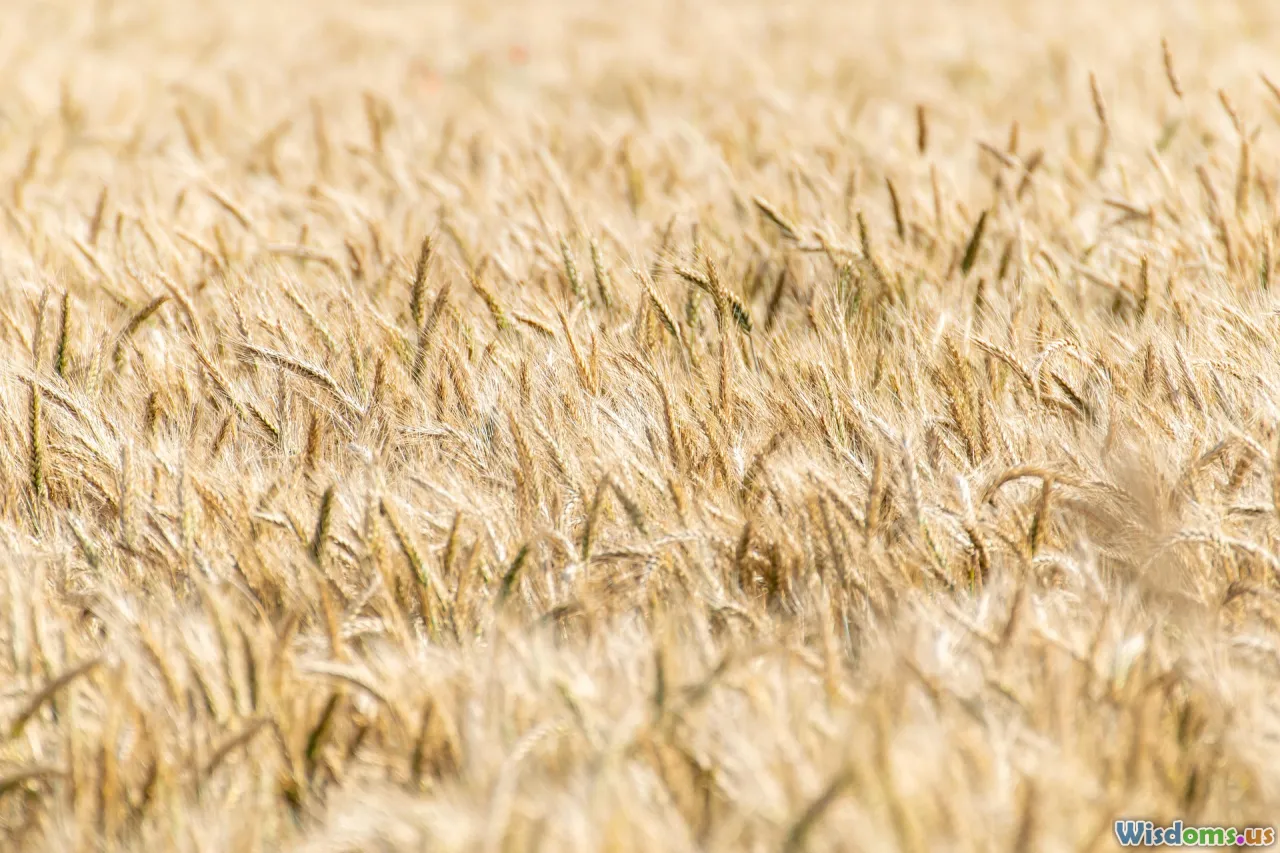
As concern about climate change grows, edible insects are gaining recognition as an ecological solution—not just emergency survival fare.
Resource Efficiency
Compared with conventional livestock, insects are superstar minimalists. Crickets require about 1/12th the feed and far less water than cattle to produce the same protein output. Insect farming also yields less greenhouse gas, conserves land, and produces virtually zero methane emissions—unlike cows.
Real World Example
The Netherlands has several commercial-scale insect farms supplying mealworms and crickets to European supermarkets. Companies like AgriProtein and Entomo Farms are pioneering sustainable farming methods, turning low-value food waste into profitable protein while reducing environmental footprints.
Food for the Future
As the global population soars beyond 8 billion, sustainable, protein-packed foods will become essential. Edible insects offer a solution that supports both ecological health and food security—if we can collectively conquer our squeamishness.
Bugs as Survival Food: Tactics for Emergency Eating
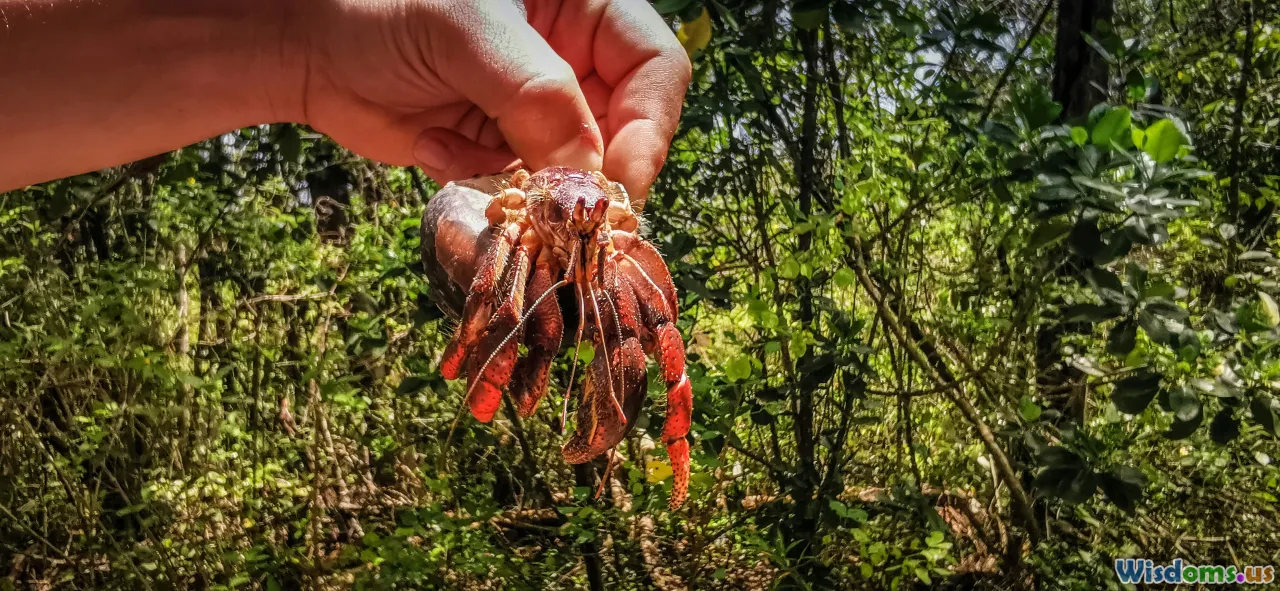
Cast into an extreme environment with dwindling food options? Bugs may be your best bet. Here’s how to maximize the benefits—and avoid pitfalls—on an insect-based wilderness diet.
Step-by-Step Survival Foraging
-
Learn Local Species: Know which insects are common and safe in your area. Brush up on field guides or reliable apps.
-
Harvest Carefully: Early morning (when bugs are sluggish) is ideal for collecting grasshoppers, beetle larvae, and ants.
-
Avoid Contaminated Areas: Stay away from bugs near polluted water or in areas treated with pesticides.
-
Prep Before Eating:
- Remove non-digestible parts (wings, stingers).
- Rinse or soak if possible.
- Always cook over fire: roasting, boiling, or frying enhances safety.
-
Diversify Your Intake: Supplement with wild edible plants, nuts, and berries when available to avoid nutritional gaps.
Common Survival Bug Blunders
- Eating raw insects (unless absolutely necessary) can expose you to parasites.
- Consuming unfamiliar or unidentifiable bugs can be risky; err on the side of caution.
- Skipping hydration: insects are not a significant source of water. Continue seeking clean sources.
Health Risks and Allergies: What the Science Says

Despite their many perks, a bug-heavy diet comes with caveats. Some people develop allergies to insect proteins—especially those who are allergic to shellfish, as the chitin in bug exoskeletons is chemically similar to that in shrimp or crabs.
Ingestion vs. Inhalation Allergies
Studies (such as those by the NIH) show that certain proteins in cricket and mealworm tissue can trigger immune responses in susceptible individuals. Symptoms may range from mild itching to severe anaphylaxis, so eating insects isn’t risk-free.
Toxins & Secondary Contaminants
Not all toxins are neutralized by cooking. Some insects secrete powerful toxins or bioaccumulate pesticides from their environment. For survival situations, choosing bugs from clean, wild habitats (away from industry or heavy agriculture) reduces risk.
Taste and Texture: Overcoming the Ick Factor
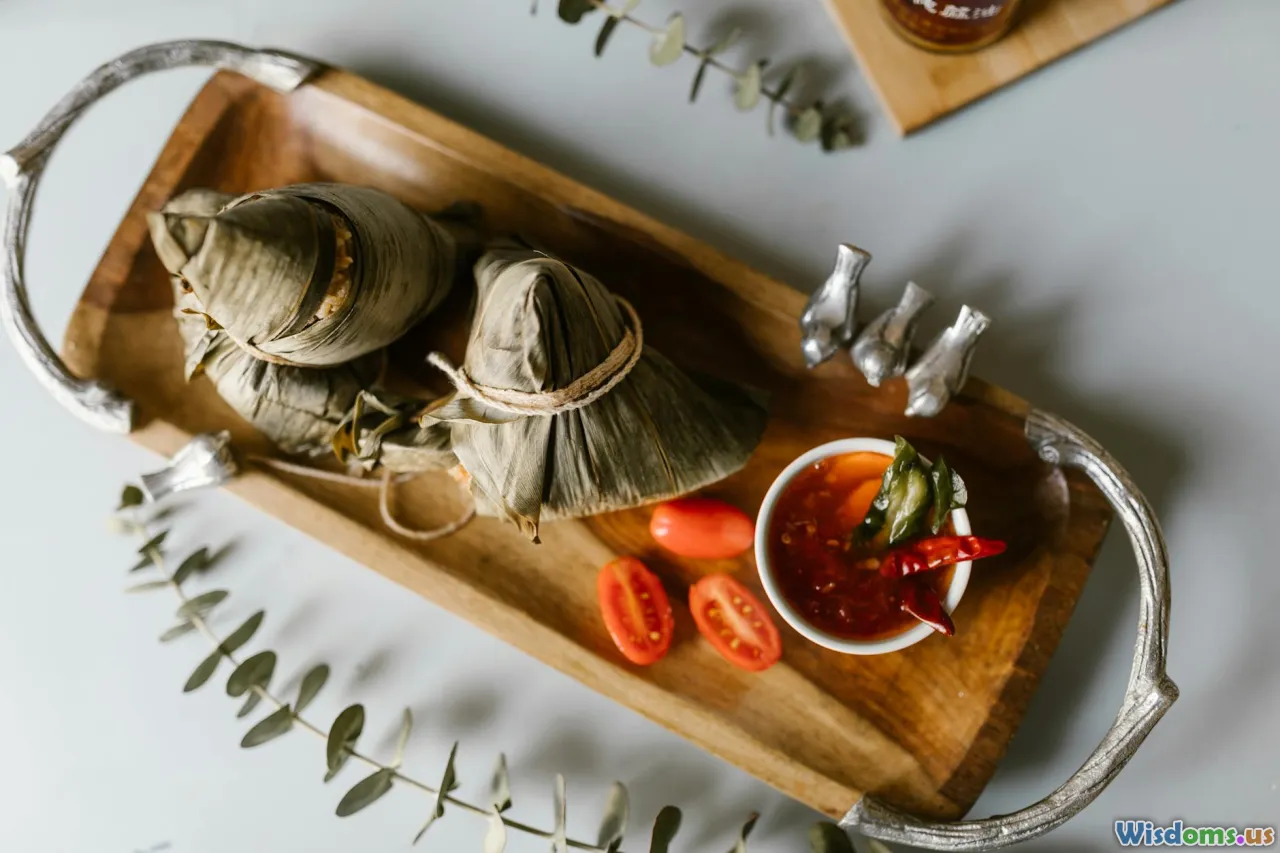
Let’s be honest: while chicken nuggets and cheeseburgers rarely inspire fear, the sight of a crispy cricket can challenge even adventurous eaters. But the flavor and texture of edible insects—especially when cleverly prepared—are broader and better than you’d think.
Chef’s Tips for Eating Bugs
- Roast or Fry: Brings out nutty, savory notes and pleasing crispness.
- Grind or Powder: Cricket powder mixes smoothly with oatmeal, protein shakes, or even pancake batter.
- Spice Sensibly: Chili, lime, and garlic masks most off-putting flavors; try recipes borrowed from cultures where bugs are a staple.
Edible Bug Products
Forward-thinking companies are reimagining bugs for modern palates: protein bars, chips, pasta made with insect flour, and even cricket chocolate truffles available in the U.S. and E.U. Removing the shock of wings and antennae can make these foods more accessible to newcomers.
Is an Insect-Only Diet Sustainable?
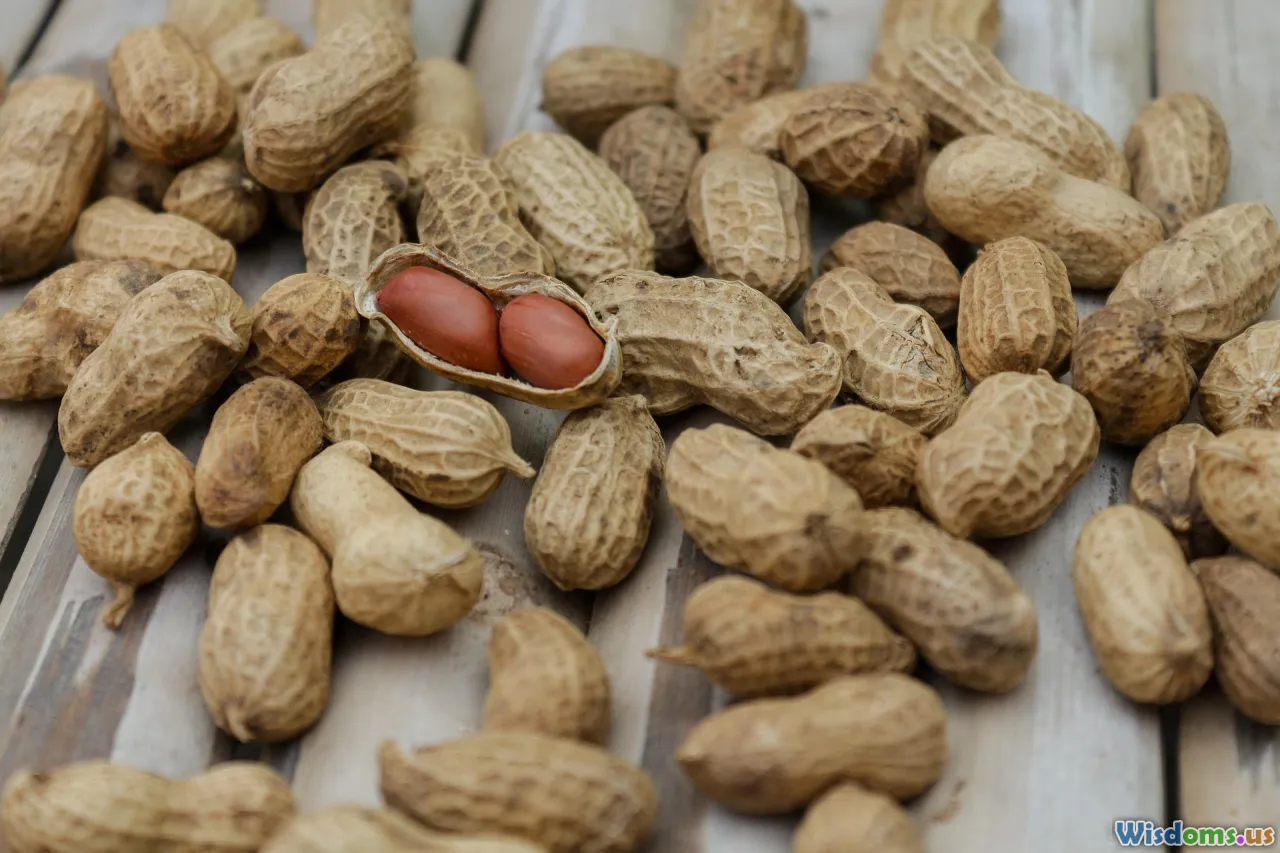
Given all the pros, could you—or should you—subsist exclusively on bugs long-term? For short stretches, in survival contexts, insects quickly fill energy gaps and keep your body running. Nutrition studies, however, make it clear that while bugs supply critical proteins and some minerals, they can’t deliver the range of vitamins (especially A, C, D, and E) humans need for optimal health over months or years.
Real-World Cases
Anthropological records show that indigenous communities eating mostly insects don’t rely on them exclusively—they always round out diets with greens, fruits, tubers, or other wild game.
Westerners experimenting with all-insect diets (as chronicled in nature survival shows) usually face fatigue, digestive issues, or vitamin deficiencies after just a few weeks. Bugs work best as a vital supplement—not a sole menu item.
Practical Takeaways: If You Had to Eat Just Bugs

Bugs may be a last-resort food, but they're also a promising food of the future. Here’s what you need to remember should you ever face a bug-based diet:
- Prioritize variety within the edible insect world and add plants if available.
- Always cook insects to reduce pathogens and improve texture and flavor.
- Be aware of allergy risk (especially if allergic to shellfish).
- Don’t eat vividly colored or foul-smelling insects.
- Mind the habitat: only harvest bugs far from pesticides or contamination.
Curiosity, resourcefulness, and expanding our ideas about what’s edible can transform a moment of desperation—or even a dose of culinary adventure—into genuine nourishment. After all, what was once "last resort" food for some is gourmet in another culture—bugs included. So whether you’re lost in the woods or scanning tomorrow’s protein aisle, knowing the facts about entomophagy puts survival—and sustainability—in your own hands.
Rate the Post
User Reviews
Popular Posts



















